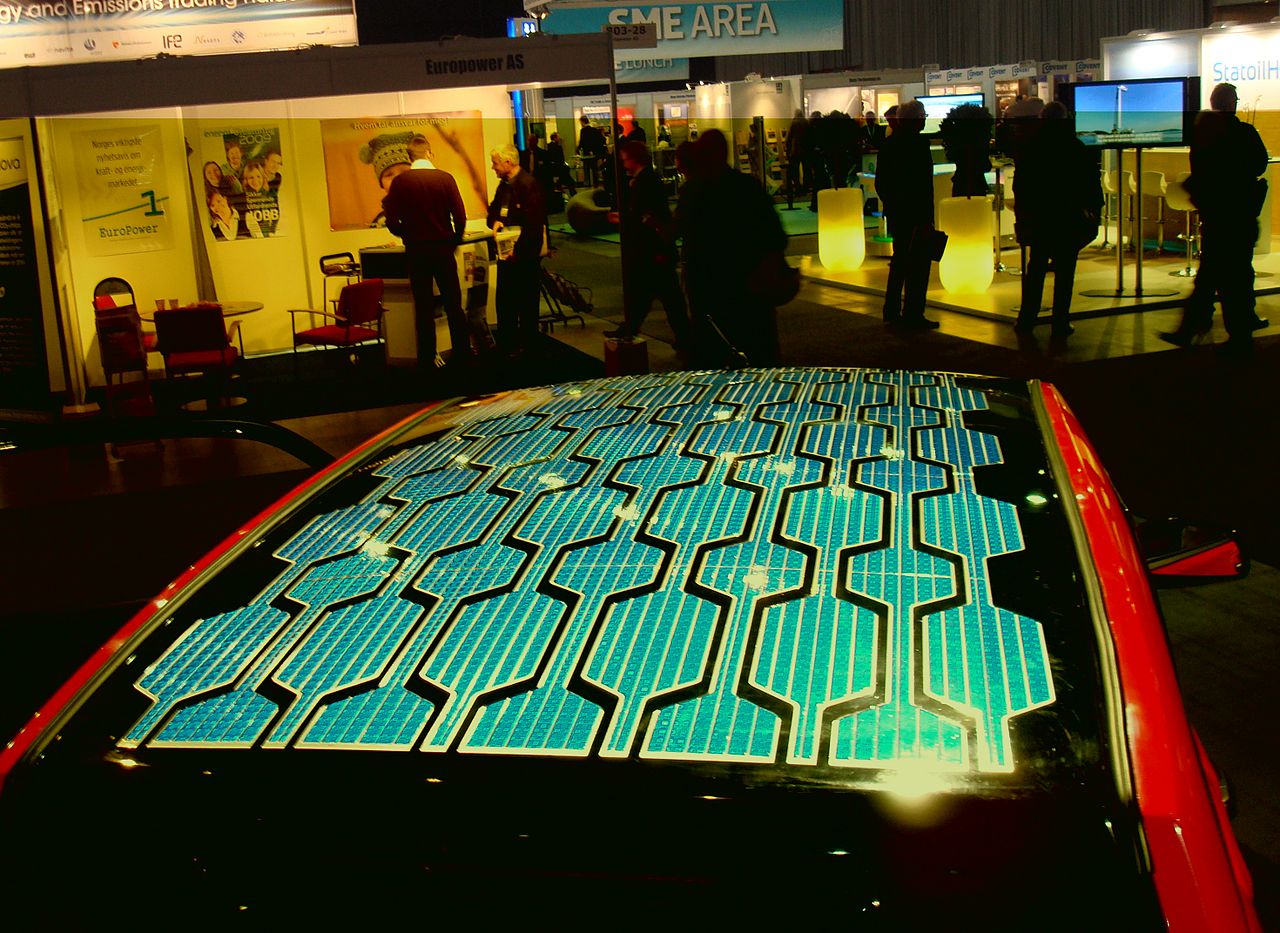Chetan Maini, founder, chief of technology and strategy, Mahindra Reva, speaks to Dilin Anand and Ashwin Gopinath of EFY about Internet of Things (IoT)-enabled smart car like the new Mahindra-Reva e2o, and the challenges in implementing the multitude of technologies that have gone into it.
We are nearing the era where your car becomes smart enough to cool the interiors before you arrive, alert you if you have forgotten something, and respond to your instructions from across the world. This interview talks about the challenges in implementing such next-gen features in an electric car.
Q: The new e2o seems like a true smart car. Could you talk about how you went about taking connectivity to the next level in it?

A. The e2o was the result of answering a lot of questions like, ‘Why does my car need fossil fuels, and why can’t it use the sun?’, as well as ‘Why can’t my car talk to me and let me know when something is wrong?’ I can easily say that looking at some of these questions from a very fundamental angle gave us most of our solutions, i.e., the functionalities offered in the new car. Our engineers did the work, and from their feedback came the new management system, the new battery system, new ways to put the car together, and the usage of light-weight materials and plastics. Now, with over ten on-board computers that control the entire vehicle, we have come a long way to developing a proper and affordable electric vehicle (EV) that will make a meaningful difference to people’s lives.
The e2o is online at all times; consumers have applications on their iPhone, Android and BlackBerry devices, through which they can control the air-conditioning of the smart car, check the status of the car’s vitals, and map their routes according to live traffic updates to save time. Also, the level of connectivity is so high that, soon, we will be able to perform diagnostics on the smart car, remotely enabling the car’s servicing to be done online.
Q: What kind of electronics hardware has gone into the e2o to enable this shift to a connected smart car?
A. The e2o has ten ECUs, all of which are connected on a CAN bus system and talk to each other. The main system is the energy management system, which has approximately 120 I/Os—it manages every battery cell, the temperature, voltage and current along with managing the entire battery ecosystem. It also talks to all the other computers on board, thus exchanging information with the cluster, the infotainment section, the telematics device, the HVAC (heating, ventilation, and air-cooling) section of the car, the main motor control, and so on.
The other ECUs include the telematics module, which is similar to your phone with a GSM chipset in it. You also have a smart cluster, which takes in all the information from outside and displays it effectively for the driver’s convenience. We have a very smart car infotainment system, running on the Windows CE platform, which takes care of all the usual entertainment needs along with connecting with the CAN bus system to tell you how far you have driven, how much further you need to drive, how you have driven over the last few days, how much petrol you have saved, and so on.
Then you have the regular ECUs like the body control module. We have a keyless entry feature in the smart car, so there is an RFID tag which authenticates the user and controls functions like locking and unlocking the door, the wipers, lights, etc. Other hardware modules include the charging system module that is responsible for properly charging of the smart car, and a DC-DC converter that converts the 48V DC into 12V DC to run all the on-board accessories. Last of all, there are smaller modules for isolation, safety and systems integration that are all connected to the main server.
Q: If you compare an electric vehicle to an IC engine vehicle, what would you say are the design changes required for designing a next-gen infotainment system?
A. If you talk about navigation on your cars, then for an EV, how much you have travelled is not as important as knowing how much further you can travel before the battery gets fully discharged, i.e., the distance-to-empty parameter. We all use the infotainment section for usual things like the iPod, DVD and radio, which are all pretty basic in this day and age. The connectivity part is probably the most critical today. Integration of software within the car system and two-way communication is what I believe to be the big part of infotainment.
Q: All these sensors must help the IoT features a lot. Could you talk to us about some of the different sensors on the e2o that do not come with the normal IC cars?
A. Sensors come in different levels—some common and others unique. Because we have a battery system, we have sensors measuring the battery voltage, current, temperature and other vitals. A simple battery system, when used in the EV, comes with over 50 sensors, so that is a major chunk of sensors right there. We have always been looking to use sensors in very different ways, using software. Let us take the hill-hold feature of the e2o. Such features are only available in cars with a price range of above Rs 2 million. In those IC engines, the feature is implemented using an ESP (Electronic Stability Program) system, in which fluids are used to hold the brakes down. In the e2o, we actually use a motor, with the sensors acting to give feedback, and engage software to hold you in position. This is a very good example of a sensor being custom designed to serve a variety of ingenious purposes.
Multi-mode operations like the different speed and power modes become much easier on an EV because you can map the functions in. Thus, on the e2o, you have a forward and a boost mode to take care of the user’s needs. Sensors are also extremely important when combining two systems. An example would be combining the ability of the navigation system of the car with the distance-to-empty parameter, which would allow us to get a third angle relating to the other two angles. The telematics features on the car, which allow you to turn on the air conditioning or the heating unit from a remote location, are much simpler to implement on a non-IC engine car because of the inherent electric nature of an EV.
Q: What are some of the electric system design challenges that one comes across while developing an electric smart car?
A. I think that defining the architecture upfront is very critical, because the interaction is very hard, which means that the understanding of everyone among the group of systems is paramount. So, we tried to put a lot of processes, strong documentation and training programmes in place to enable this. I would say that the major challenge was getting a fundamental understanding of the system’s issues at each level and then finding the best solution from a system point-of-view.
Putting system redundancy checks in place was quite important from a safety point of view. If a sensor on the motor control ECU fails, we needed to have an algorithm which would allow the car to continue moving but at a lower speed, so as to not inconvenience the user.
Q: What are the next-generation technologies in the smart car, with respect to the all-important question of ‘range’?
A. The big one for me is that you can now run your car on sunlight with a relatively inexpensive 3m×3m solar panel. I think this is the biggest change for me. This aspect takes care of the ecosystem by making clean energy a realistic target now.
The next one, I would say, is probably addressing a very common consumer anxiety regarding the range. People have this constant fear of what to do if the battery runs low and I am stuck in no man’s land. We have addressed that fear with a technology called REVive, by which at the simple touch of your smartphone, or using the infotainment system in your car, you can get 8-10 km of energy back into your empty storage.
Q: Can you share with us your views on the road map for hybrid vehicles in India? Do you see any defining trends in this vertical?
A. I have noticed that countries where people prefer travelling long distances in a car have adopted electrification of their cars more than countries where that isn’t the case.
If we take the Indian perspective, I see two fundamental challenges: the first would be addressing the climate change and pollution issues, and the second would be energy security. To address these issues, EVs are the best solution available now.












